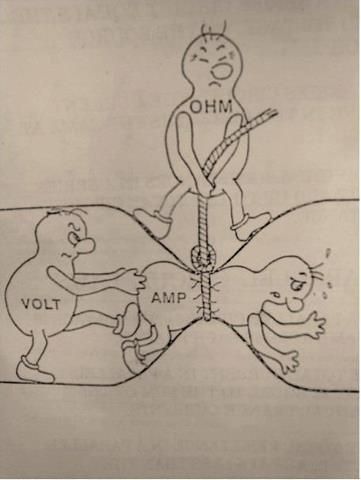T
theaudioengine
New member
so i'm not new to electricity but i was recently thinking about how i am going to wire my 2x12, and it came to mind that I'm not really sure how impedance matching really works with a solid state amplifier, being how there is an output transformer and no power amp tubes. So I thought I would reach out for some insight.
does Z(s)=Z(l) still result in maximum efficiency?
how does it impact the reflected load of the transformer? I can obviously do a simple calculation to get a quantitative answer, but qualitatively how does it really impact my circuit?
i've got a stereo head, but its wet/dry, with the wet coming from the built in chorus (Ampeg SS140C), however i don't play with chorus and i would have to install another jack plate on my 2x12 to run it 'stereo'. outputs are nominal 8ohm it says, but again what does that mean for a solid state? 2- 16ohm speakers in parallel... 2- 4ohm speakers in series... 2 8-ohm speakers in series because it doesn't matter... put in the jack plate and drive 2-8ohm speakers independently and figure out the chorus situation... i dunno.
seems that a lot of you are tube guys, but your input and experience are appreciated,,
does Z(s)=Z(l) still result in maximum efficiency?
how does it impact the reflected load of the transformer? I can obviously do a simple calculation to get a quantitative answer, but qualitatively how does it really impact my circuit?
i've got a stereo head, but its wet/dry, with the wet coming from the built in chorus (Ampeg SS140C), however i don't play with chorus and i would have to install another jack plate on my 2x12 to run it 'stereo'. outputs are nominal 8ohm it says, but again what does that mean for a solid state? 2- 16ohm speakers in parallel... 2- 4ohm speakers in series... 2 8-ohm speakers in series because it doesn't matter... put in the jack plate and drive 2-8ohm speakers independently and figure out the chorus situation... i dunno.
seems that a lot of you are tube guys, but your input and experience are appreciated,,

